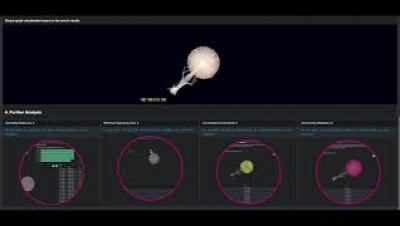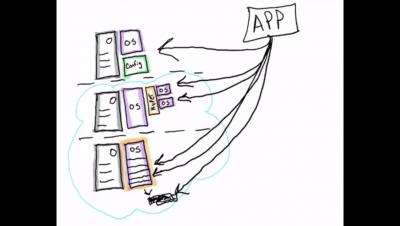From Feeding Families to Empowering Students: How Data Is Fueling Amazing Outcomes During COVID-19
We’re living history. We’ve heard it uttered in everything from news reports to conversations with loved ones. And it’s true — the tragedy and uncertainty of COVID-19 is shaping history and policy as we know it. But there’s something else newsworthy, too. Amid the pandemic, we’ve seen beacons of hope, humanity and progress. People have banded together to solve monumental problems at record pace.




